The Ultimate Guide to Social Media Marketing 2025, Social media marketing (SMM) is the practice of using social media platforms like Facebook, Instagram, LinkedIn, Twitter, and TikTok to promote products, services, and brands.
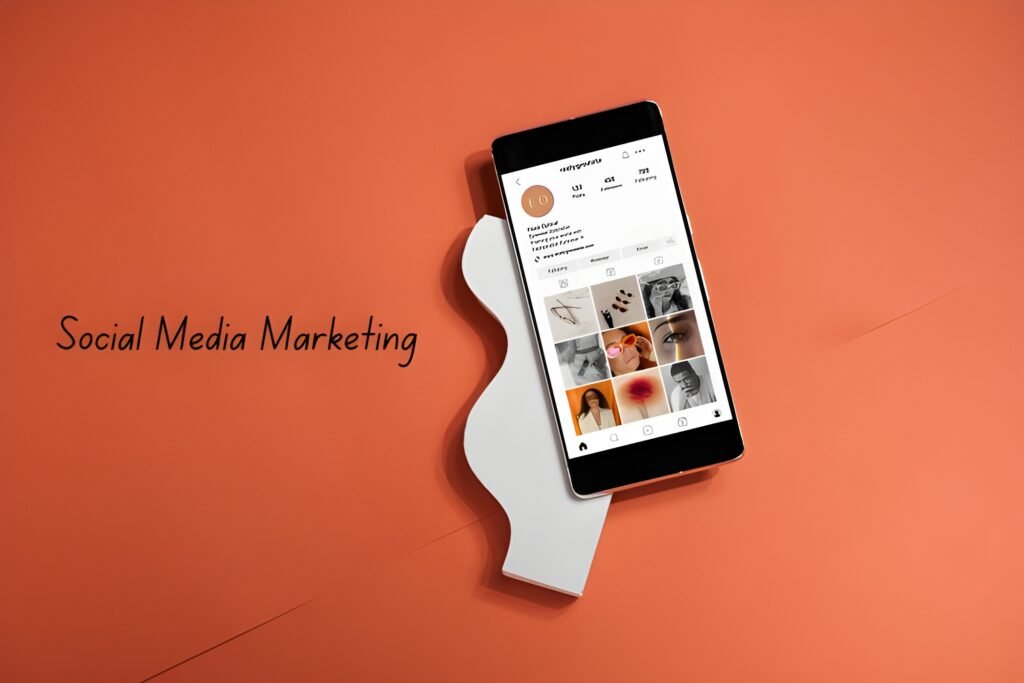
It Involves creating content, engaging with audiences, and running paid ad campaigns to achieve business objectives such as brand awareness, lead generation, and sales.
Why is Social Media Marketing Important?
In today’s digital landscape, social media is more than just a place to connect withfriends.It’s a powerful tool for businesses to build relationships, drive customer engagement, and generate revenue. Some key reasons why social media marketing is crucial include: Global Reach: Over 4.95 billion people use social media worldwide, making it a prime space for businesses.
Cost-Effective Advertising: Organic Marketing Free, and paid ads can be targeted to a highly specific audience. Customer Engagement: Directly interact with your audience, receive feedback, and improve your brand perception.
Brand Awareness & Authority: A strong social media presence boosts trust and credibility.
Benefits of Social Media Marketing for Businesses

- Increased Brand Visibility: Regular social media posting keeps your brand top-of-mind.
- Lead Generation & Sales: Social media ads can drive direct conversions and sales.
- Better Customer Insights: Analytics Tools Help understand audience behavior and preferences.
- Stronger Customer Relationships: Engaging With your audience fosters trust and loyalty.
- Competitive Advantage: Businesses That Leverage Social media effectively outperform competitors.
How to Develop a Winning Social Media Strategy?
Best practices for each major platform Content creation and advertising strategies Case studies of successful campaignsFuture trends in social media marketing.
The Evolution of Social Media Marketing Social media has transformed dramatically over the past two decades:
- 2004-2010: Facebook, Twitter, and LinkedIn emerged, primarily for personal networking.
- 2011-2015: Instagram, Snapchat, and Pinterest gained popularity, introducing visual-based marketing.
- 2016-Present: TikTok revolutionized short-form video content, AI-driven marketing tools became mainstream, and social commerce grew.
Businesses initially used social media for brand awareness, but now, it’s a powerful sales and customer service tool.
The Role of Social Media in the Customer Journey
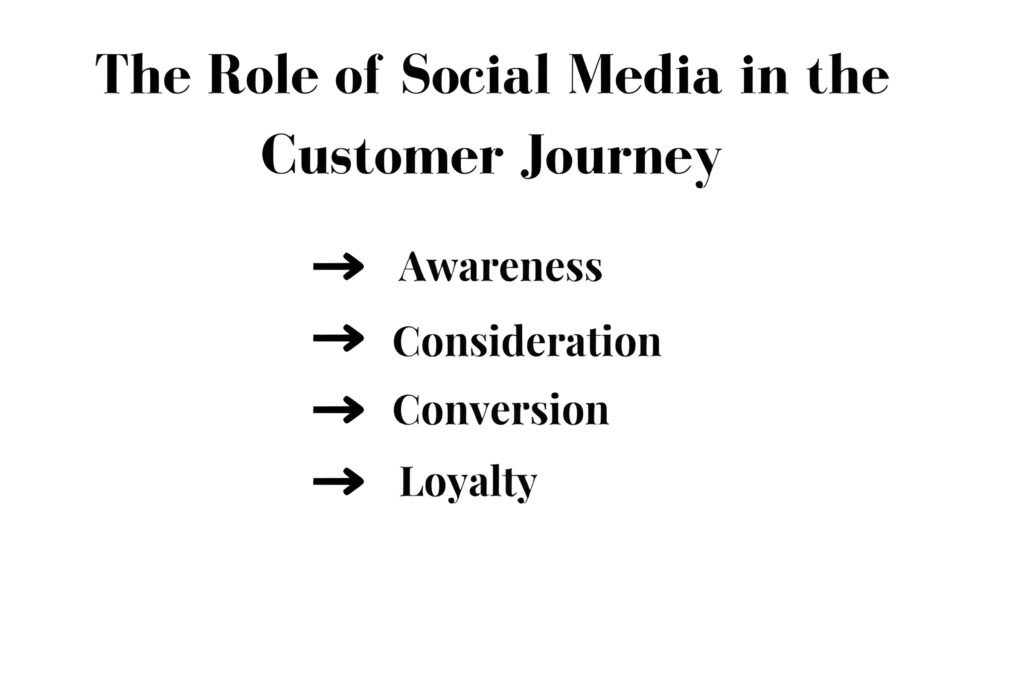
Social media influences customers at every stage of their journey:
- Awareness: Users discover your brand through organic content, ads, or influencer marketing.
- Consideration: Customers engage with your content, read reviews, and explore your offerings.
- Conversion: Social media ads, promotions, and direct messaging help close sales.
- Loyalty: Continuous engagement and personalized content turn customers into repeat buyers.
Key Social Media Statistics Every Marketer
- Facebook: 3 billion monthly active users(largest social media platform).
- Instagram: 2 billion users; 90%follow at least one business account.
- LinkedIn: 930 million professionals; the best platform for B2B marketing.
- TikTok: 1.5 billion users; highest engagement rate among social platforms.
- Twitter (X): 556 million users; widely used for news, trends, and customer support.
Differences Between Social Media and Traditional Marketing
| Aspects | Social Media Marketing | Traditional Marketing |
| Cost | Organic + Paid Ads | Higher ( TV Print, Billiboards) |
| Audience Reach | Global Target Advertising | Broad, Mass advertising |
| Engagement | Two Way Communication | One Way Cmmunication |
| Measurement | Real Time Analytics | Hard To Measure Effectiveness |
| Adaptability | Quick Adjustment Based On Performance | Slow And Expensive to Modify |
Social media marketing is more interactive, data-driven, and cost-effective than traditional methods, making it a preferred choice for modern businesses.
Developing a Social Media Strategy
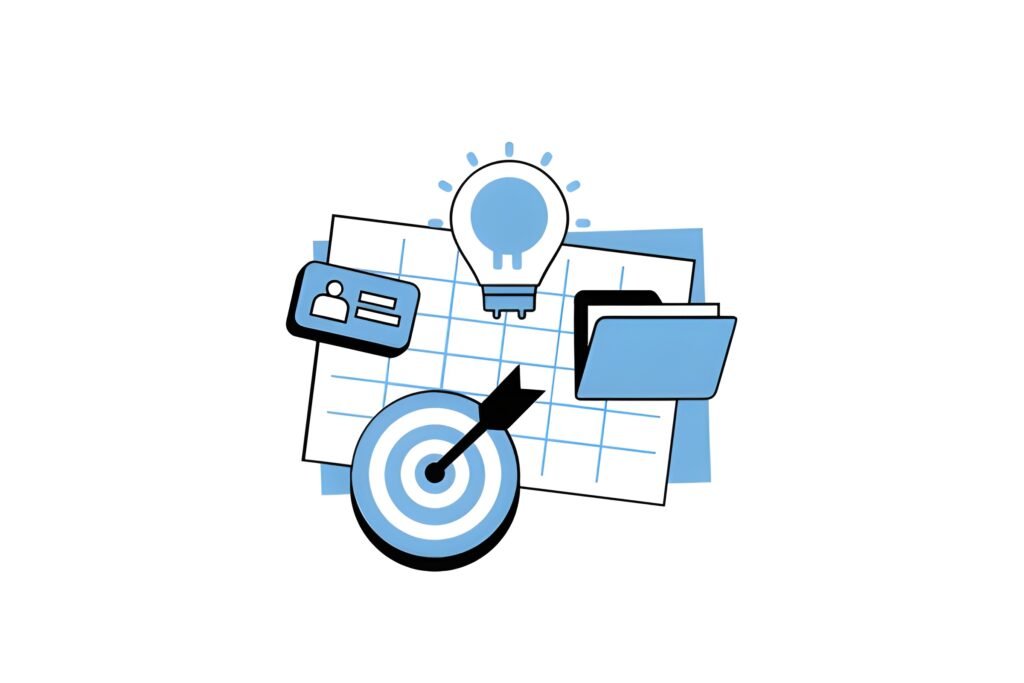
A well-defined social media strategy crucial for achieving business goals efficiently. Thischapter will cover step-by-step methods to create a winning strategy.
1. Setting SMART Goals for Social Media
A social media strategy starts with setting SMART goals (Specific, Measurable, Achievable,Relevant, Time-bound).
Examples of SMART Social Media Goals:
- Brand Awareness: “Increase Instagram Follower Count by 25% in six months.”
- Lead Generation: “Generate 500 qualified leads through LinkedIn ads in Q2.”
- Customer Engagement: “Boost engagement rate on Facebook by 15%within 90 days.”
- Sales Growth: “Increase website sales from social media by 20% in three months.”
2. Understanding Your Target Audience
Knowing your audience ensures your content resonates with them.
Steps to Define Your Social Media Audience:
Analyze Existing Customers: Identify their demographics, interests, and behaviors.
Use Social Media Analytics: Platforms like Facebook Insights and Instagram Analytics Offer valuable audience data.
Create Buyer Personas: Define Ideal customer profiles based on real data.
Example of a Buyer Persona:
Name: Sarah, 32, Online Business Owner
Pain Points: Struggles with content creation and engagement.
Preferred Platforms: Instagram, LinkedIn
Interests: Digital marketing, automation tools
3. Choosing the Right Social Media Platforms
Each platform serves different audiences and business goals.
How to Choose the Right Platforms?
- B2B Businesses: Focus on LinkedIn and Twitter.
- E-commerce & Lifestyle Brands: Instagram, TikTok, and Pinterest work best.
- Local Businesses: Facebook and Instagram help with community engagement.
4. Creating a Unique Brand Voice and Persona
Your social media brand voice should be consistent and recognizable.
Brand Voice Examples:
- Nike: Motivational, energetic, inspiring
- Wendy’s: Witty, humorous, sassy
- Apple: Minimalistic, elegant, futuristic
How to Develop Your Brand Voice?
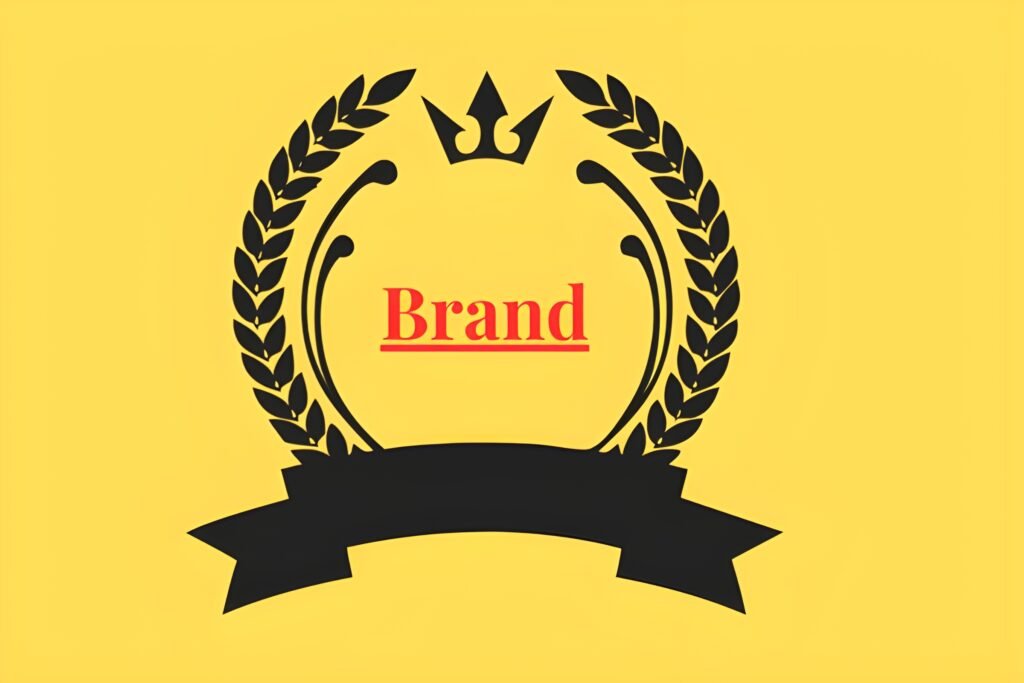
- Identify Your Core Values: What does your brand stand for?
- Define Your Tone: Friendly, authoritative, playful, professional?
- Maintain Consistency: Use the same tone across all social media content.
- Competitor Analysis for Social Media Success Competitor analysis helps identify successful strategies and gaps in the market.
Tools for Competitor Analysis:
- Sprout Social: Competitor benchmarking.
- SEMrush Social Media Tracker: Monitor Social media growth.
- BuzzSumo: Identify High- performing competitor content.
Social Media Platforms and Their Strengths Not all social media platforms are the same.Each serves different audience types and marketing objectives. In this chapter, we’ll explore the strengths of the major social media platforms, how they work for businesses, and the best strategies for each.
Best Facebook Marketing Strategies

Largest social media platform with over 3 billion users. Strong advertising capabilities, including detailed audience targeting. Facebook Groups help build niche communities.
- Optimize Your Business Page:
- Use a high-quality profile picture(your logo).
- Create a compelling “About” sectionwithaCTA.
- Add contact details and a website link.
- Leverage Facebook Groups:
Join and participate in relevant groups. Create your own group for brand community building.
- Use Facebook Ads Effectively:
Retarget website visitors with Facebook Pixel.Run engagement ads to increase brand awareness. Test different ad formats (video, carousel, leadads).
Best Instagram Marketing Strategies
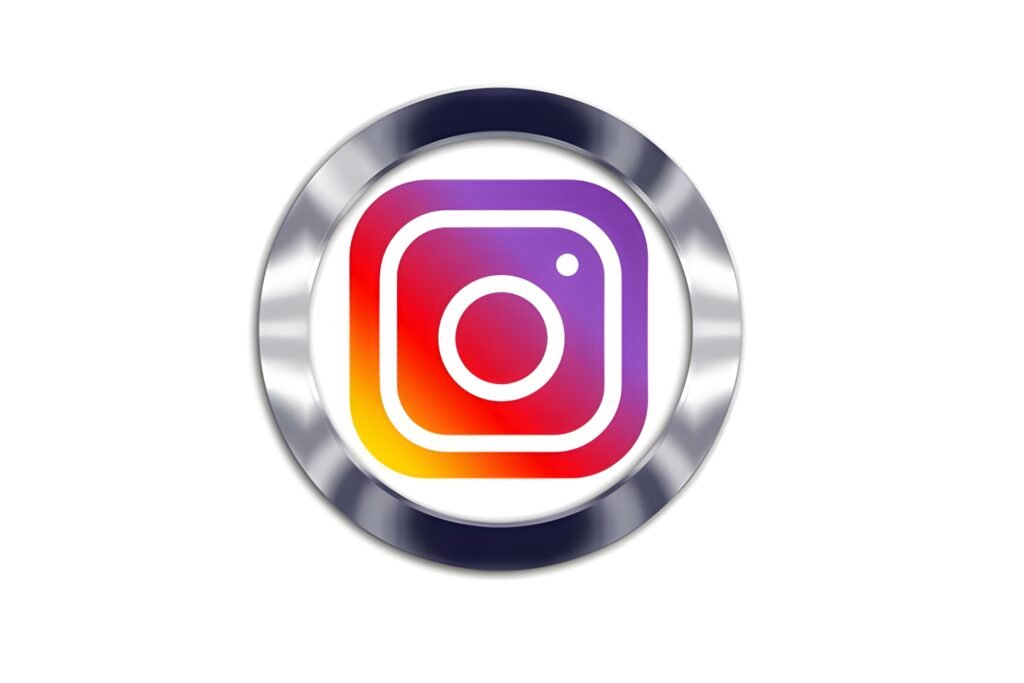
Over 2 billion active users, mainly in the 18-35 age group. High engagement rates, especially for visual content. Strong e-commerce integration (InstagramShopping).
1. Optimize Your Profile:
Use a keyword-rich bio. Add a call-to-action (CTA) and link(Linktree For Multiple links).
2. Post High-Quality Visual Content:
- Use carousel posts for storytelling.
- Post Reels (short-form videos perform best).
- Maintain a consistent color palette.
3. Leverage Instagram Stories & Highlights:
Post daily updates, polls, Q&A sessions. Use the “Swipe Up” feature (if available) to drive traffic.
4. Influencer Marketing Instagram:
Partner with micro-influencers (10K–50Kfollowers) for authentic reach.
A fashion brand gained 150,000 followers in 12 months by consistently posting Reel Sendusing Influencer collaborations.
Best LinkedIn Marketing Strategies
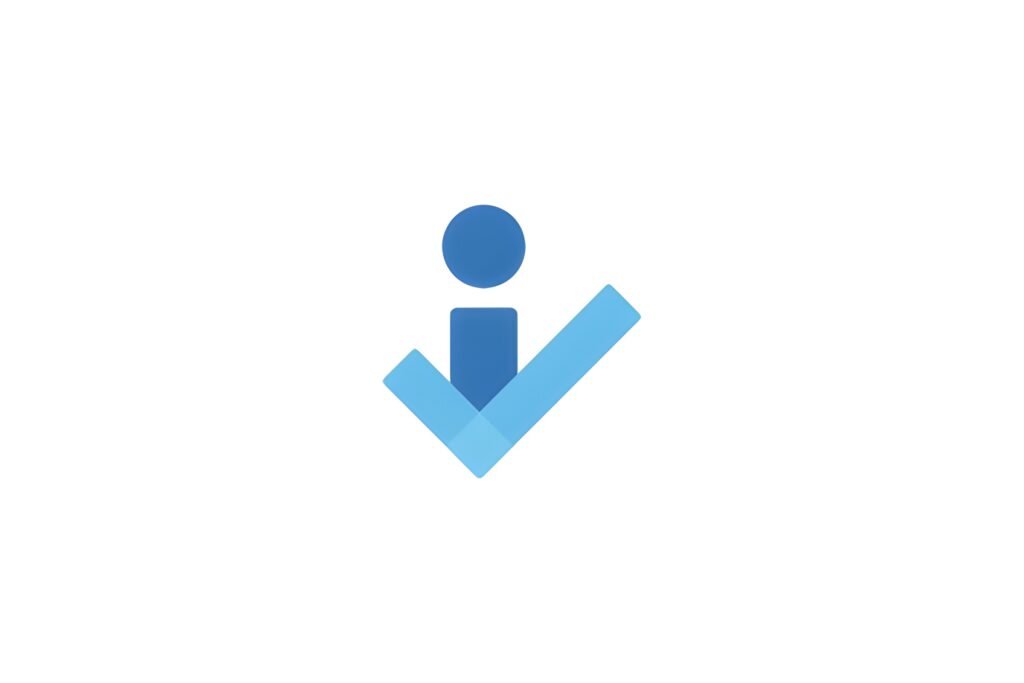
Best for B2B marketing and networking. Professional audience, with 930 million users. Organic reach is still strong (compared to other platforms).
1. Optimize Your LinkedIn Profile Or CompanyPage:
Use a professional headshot/logo. Write an engaging summary using industry keywords.
2. Post Thought Leadership Content:
Share industry insights, case studies, and opinions. Write long-form LinkedIn articles.
3. Engage With Your Network:
Comment on trending discussions. Send personalized connection requests.
4. Use LinkedIn Ads for Lead Generation:
Target decision-makers with LinkedIn Sponsored Posts. Run InMail campaigns for direct outreach.
A SaaS startup using LinkedIn Ads Grew Their B2B leads by 300%in six months.
Best Twitter Marketing Strategies

Great for real-time engagement, news, andtrends. Perfect for thought leadership and brand awareness. 556 million active users, mainly professionals, journalists, and tech audiences.
1. Engage With Industry Trends:
Use trending hashtags (#MarketingTips, #TechNews)
Participate in Twitter Chats.
2. Tweet Consistently (3-5 Times Daily):
Mix promotional content with engaging posts.Share polls, threads, and quick tips.
3. Twitter Ads & Promotions:
Promoted Tweets for more visibility. Follower Campaigns to grow your audience.
A personal finance coach grew from 5,000 to 50,000 followers in a year by posting daily financial tips and engaging in industry conversations.
Best YouTube Marketing Strategies
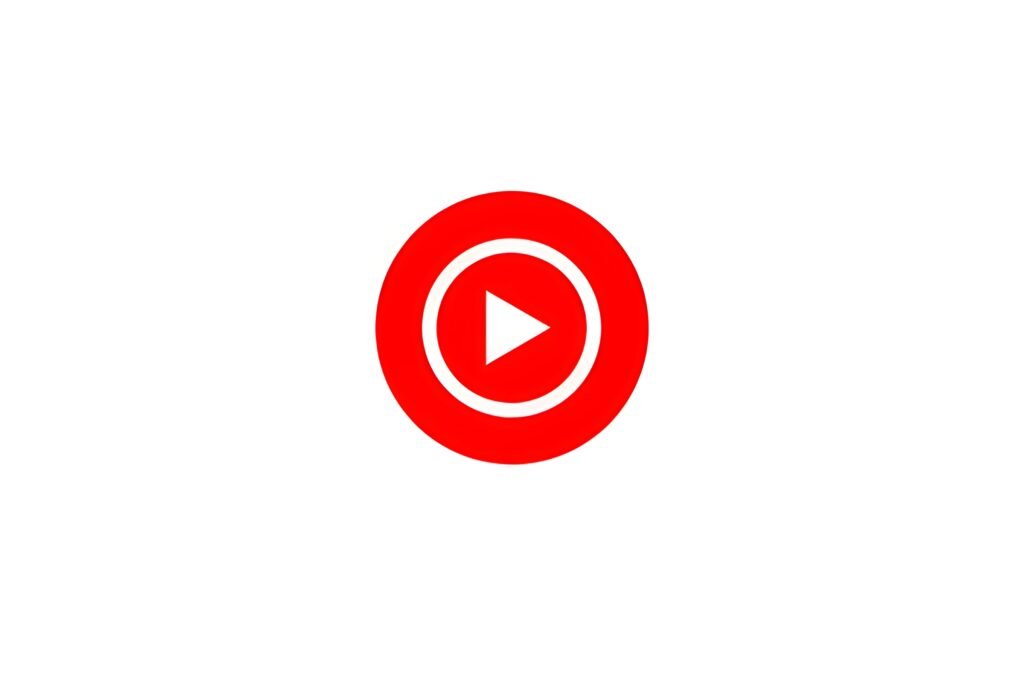
Second-largest search engine (after Google). Great for long-form educational content. Monetization opportunities through AdSense.
1. YouTube SEO Optimization:
Use keyword-rich video titles. Write detailed descriptions with relevant hashtags.
2. Post High-Value Videos:
Tutorials, product demos, behind-the-scenes content.
3. Create Playlists & Series:
Helps retain the audience and improve watchtime.
4. Use YouTube Ads to Expand Reach:
- Skippable Ads: Great for awareness.
- In-Stream Ads: Perfect for conversions.
A tech reviewer gained Subscribers Two Years by posting weekly detailed gadget reviews.
Best Pinterest Marketing Strategies

Perfect for lifestyle, fashion, food, and DIY brands. High purchase intent audience.
1. Use Pinterest SEO:
Add keywords in pin descriptions. Use high-quality vertical images.
2. Create Multiple Pin Variations:
Post 5-10 variations of the same content totes performance.
3. Use Pinterest Ads for Traffic & Sales:
Promoted Pins help boost website clicks.
A travel blogger increased website traffic y250% using Pinterest SEO and rich pins.
Content Creation and Distribution
Creating high-quality content is the backbone of successful social media marketing. Inthischapter, we’ll cover how to craft engaging content, the types of content that performs best on different platforms, and the best distribution strategies to maximize reach and engagement.
Social media is highly competitive, and only engaging, valuable, and relevant content gets noticed.
Key Characteristics of High-Quality Social Media Content:
- ✔ Valuable: Solves a problem or educates the audience.
- ✔ Engaging: Encourages likes, shares, and comments.
- ✔ Consistent: Matches brand identity and posting frequency.
- ✔ Platform-Specific: Optimized For each social media channel.
How to Choose the Right Content for Your Audience?
E-commerce brands: High-quality images, product videos, influencer content.
B2B companies: LinkedIn thought leadership posts, webinars, case studies.
Service-based businesses: Instagram Reels, TikTok how-to videos, educational YouTube content.
How to Build a Content Calendar?

1. Set Monthly Themes: Example:
“January–New Year Motivation” for a fitness brand.
2. Decide Posting Frequency:
Facebook & Instagram: 3-5 times per week
- Twitter: 3-5 tweets per day
- LinkedIn: 2-3 times per week
- Plan Ahead: Schedule evergreen posts in advance. Keep space for real-time trending topics.
- Use Scheduling Tools: Hootsuite, Buffer, Sprout Social for automated posting.
Storytelling in Social Media Content

Great content tells a story. Storytelling Improves engagement and builds stronger connections with your audience.
- Hook (Attention-Grabbing Start): Example: “I almost gave up on my business…until I tried THIS.”
- Problem (Conflict or Challenge): Example: “Sales were dropping, andI had no clue what to do.”
- Solution (How You Overcame It): Example: “I implemented this simplestrategy, and sales doubled in a month!”
- Call to Action (What the AudienceShouldDoNext): Example: “Want to learn how? Click The Link In My bio!”
The Power of User-Generated Content (UGC). UGC is any content created by customers, followers, or fans. It builds trust and credibility.
Hashtag Campaigns: Encourage users to share content using a branded hashtag. Example, Coca-Cola’s #ShareACokecampaign.
Customer Testimonials & Reviews: Example: Skincare brands sharing customer before-and-after photos.
Influencer Collaborations: Feature Real users instead of polished ads.
- ✔ Offer incentives (giveaways, discounts).
- ✔ Feature UGC on official pages.
- ✔ Engage with user posts through comments and shares.
How to Repurpose Social Media Content?
Repurposing saves time and increases content reach across multiple platforms.
| Original Content | Repurposed Content | Platforms |
| YouTube Video | Blog Post Summary | Wbesite |
| TikTok Video | TikTok Facebook | |
| Thread | Article | Linkdein Fomat |
| Webinar | Short Video Clips | Instaggram Reels, Youtube Shorts |
| Blog Post | Infographics | Pinterest Instagram |
Case Study: Successful Content Repurposing
A marketing agency repurposed a single YouTube video into:
A blog post (1,500+ website visits). Three Instagram Reels (each with 20K+views).One Twitter thread (retweeted 500+times). This resulted in a 300% increase in engagement across platforms.
Best Times to Post On Social Media
Posting at the right time increases engagement.
| Platform | Day | Best Time To Post |
| Tuesday & Thursday | 9Am to 1Pm | |
| Wednesday & Friday | 10am To 12pm & 7pm To 9pm | |
| Linkdein | Tuesday & Wednesday | 8 – 10Am |
| Monday & Friday | 9Am To 12pm | |
| Tiktok | Tuesday & Thursday | 6pm To 9pm |
| Saturday | 8pm To 11pm | |
| Youtube | Thursday & Saturday | 6pm To 9pm |
Tip:-
Use social media analytics to find your audience’s peak activity hours and adjust posting schedules accordingly.
Measuring Content Performance And Making Improvements
It’s important to track content performance to optimize future posts.
Key Social Media Metrics to Track:
- ✔ Engagement Rate: Likes, comments, shares, retweets.
- ✔ Reach & Impressions: How Many People Saw Your post?
- ✔ Click-Through Rate (CTR): Percentageofpeople who clicked your link.
- ✔ Conversion Rate: How Many Actions(purchases, sign-ups) resulted?
Best Tools for Social Media Analytics
Facebook & InstagramInsights: Built-inanalytics.
- Google Analytics: Measures social mediatraffic.
- Hootsuite & Buffer: Tracks multi-platform performance.
Tracking social media performance is crucial for refining strategies, improving engagement, and maximizingROI. Thischapter explores key metrics, analytics tools, and best practices for tracking and optimizing social media efforts.
Why Social Media Analytics Matter?
Without tracking and analyzing performance, businesses operate blindly. Social media analytics help to:
- ✔ Understand audience behavior.
- ✔ Identify top-performing content.
- ✔ Optimize campaigns for better engagement.
- ✔ Improve return on investment (ROI).
An e-commerce brand noticedlowengagement on Instagram Posts But high engagement on Reels. By shifting focus to short-form videos, they increased sales by35% within 3 months.
Key Social Media Metrics to Track
The right metrics vary by goals. Here’s What To track for different objectives:
These metrics help measure reach and visibility.
- Impressions: How often your content appears in feeds.
- Reach: Unique users who saw your post.
- Follower Growth Rate: Percentage Increase In followers over time.
✔ Example: If an Instagram Post gets 100,000 impressions but only 1,000engagements, it means it was seen widely but didn’t resonate enough for interaction.
Engagement Metrics
- Measure how users interact with content. Likes, Comments, Shares, Indicators Of Content relevance.
- Engagement Rate: (Total interactions÷Total followers) × 100
- Click-Through Rate (CTR): Percentage of users who clicked a link in your post.
✔ Example: A Facebook post with 10,000 impressions and 500 engagements has a 5% engagement rate, indicating strong performance.
Conversion Metrics
Track how social media drives actions.
- Conversion Rate: Percentage users who complete a desired action (purchase, sign- up).
- Cost Per Conversion (CPC): The Cost Of Acquiring a new lead/customer.
- Return on Ad Spend (ROAS): Revenue generated per dollar spent on ads.
✔ Example: A LinkedIn campaign generating 100 leads at $5 per lead indicates an efficient ad spend.
Customer Support Metrics
If using social media for customer service, track:
- Response Rate: Percentage of customers messages responded to.
- Average Response Time: How Quickly Support teams reply.
✔ Example: A brand that responds within 30 minutes sees higher customer satisfaction compared to a competitor that takes 12+ hours.
Social Media Analytics Tools
Each platform provides insights within its dashboard:
- ✔ Facebook Insights: Engagement, reach, and demographic data.
- ✔ Instagram Insights: Stories, posts, andReels performance.
- ✔ LinkedIn Analytics: Follower trends, posmetrics, and profile views.
- ✔ Twitter Analytics: Tweet impressions, engagements, and follower trends.
- ✔ YouTube Studio: Watch time, audience demographics, and traffic sources.
- ✔ TikTok Analytics: Video performance, audience retention, and trending content.
Third-Party Analytics Tools
For multi-platform tracking and deeper insights:
- ✔ Google Analytics: Tracks social media traffic and conversions.
- ✔ Hootsuite Analytics: Monitors Engagement and scheduling effectiveness.
- ✔ Sprout Social: Advanced audience analysis and reporting.
- ✔ Brandwatch: Sentiment analysis and social listening.
✔ Example: A company using SproutSocial noticed LinkedIn posts had 3S the engagement of Twitter posts, helping them shift their content strategy.
How to Create a Social Media Analytics Report?

Step 1: Define Your Goals
Are you tracking brand awareness, engagement, conversions, or customer support?
Step 2: Collect Data
Use native or third-party tools to extract key metrics.
Step 3: Analyze Performance Trends
✔ Identify top-performing content (format,time, topic).
✔ Spot drop-offs in engagement (and adjust accordingly).
Step 4: Adjust Strategies Based on Insights
✔ If engagement is low, try interactive content (polls, quizzes).
✔ If CTR is low, optimize CTAsandposttiming.
✔ If conversions are dropping, refined targeting.
How to Run an A/B Test?
A/B testing helps determine what works best by comparing two versions of content.
1. Change One Variable: (e.g., images.video, different headlines).
2. Test on the Same Audience: Ensure Consistency.
3. Measure Performance: Track Engagement, CTR, and conversions.
✔ Example: A brand tested two Facebook Ad headlines:
“Get Fit in 30 Days” (CTR: 1.5%)
“Transform Your Body in Just 30 Days”(CTR: 3.2%)”
✔ Result: The second headline was 2X more effective.
Predicting Trends with Social Listening
Tracking brand mentions and industry trends across social media.
Best Social Listening Tools:
✔ Brandwatch & Sprout Social: Track Brand Sentiment.
✔ Mention & Talkwalker: Monitor competitor mentions.
✔ Example: A food brand used social listening and discovered a trending diet.By Creating content around the trend, engagement increased by 60%.
Benchmarks: What is a Good Engagement Rate?
Engagement rates vary by platform. Here Are industry benchmarks:
| Platforms | Good Engagement Rate (%) |
| 1% – 3% | |
| 3% – 6% | |
| Linkdein | 1% – 2% |
| 0.5% – 1.5% | |
| Tiktok | 4% – 10% |
✔ Example: A fashion brand Instagram engagement was only 1.5%, below the 3-6% benchmark. They improved by:
Posting more Reels. Engaging with followers through DMs and comments.
Conclusion
Social media marketing is no longer optional-it is a vital tool for brands to connect with their audience, drive engagement, and grow their business. Throughout this guide, we have explored the key components of social media marketing, from content creation and analytics to platform-specific strategies and paid advertising. Now, let’s summarize the most important takeaways and outline how you can create a sustainable and effective social media strategy.

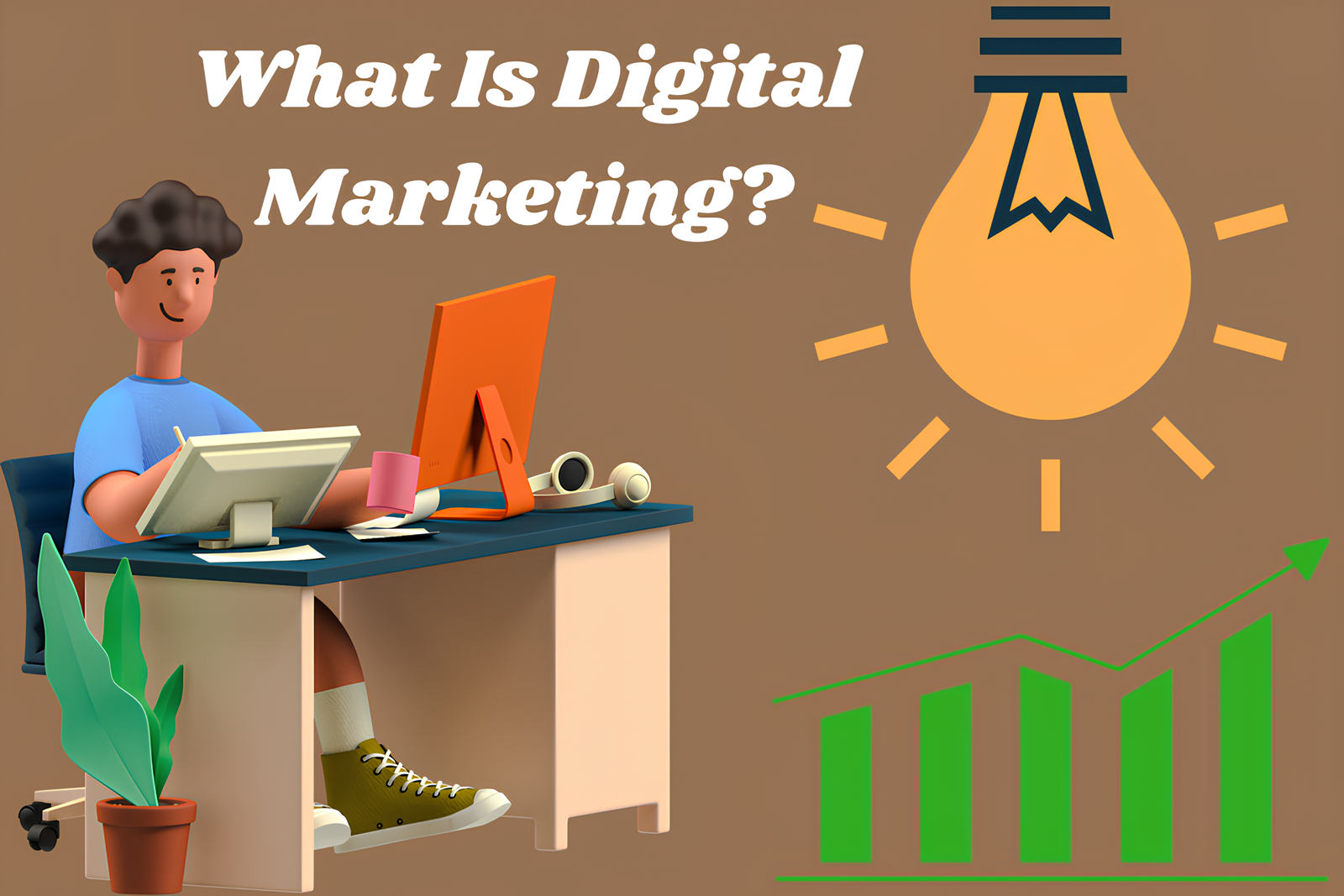

Pingback: How To Build Your LinkedIn Brand Without Compromising Who You Are - content hobby